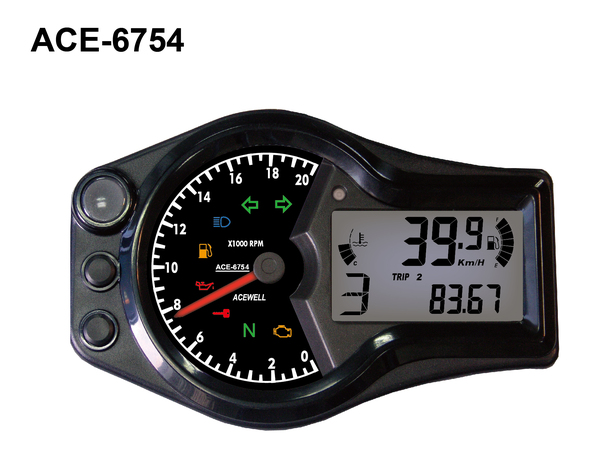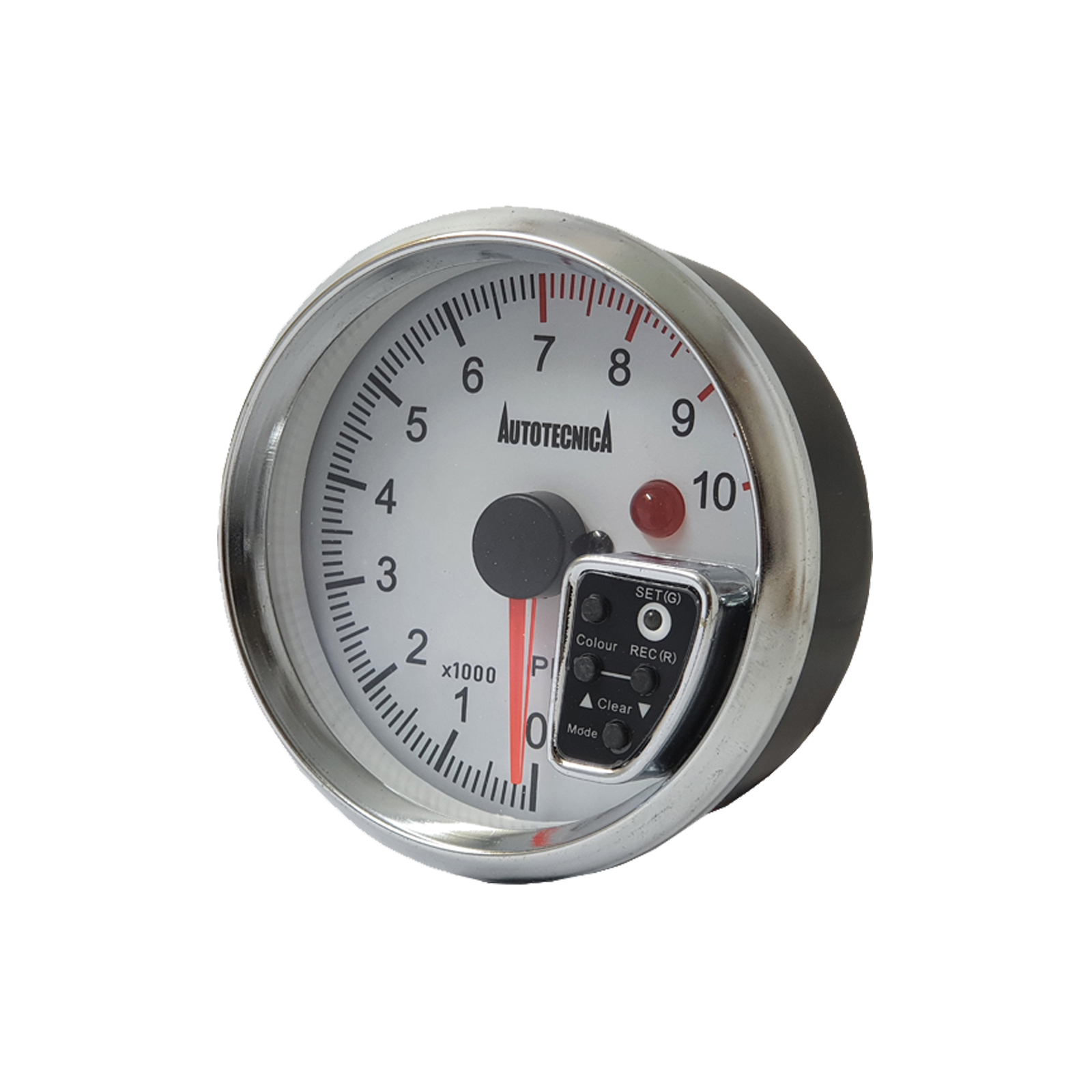The Value of a Tachometer in Keeping An Eye On Engine Speed and Efficiency in Automotive Applications
In the world of auto design, the tachometer stands as a pivotal instrument in the motorist's collection, giving a straight window into the inner operations of a vehicle's engine. Beyond its function as a mere gauge of transformations per minute (RPM), the tachometer serves as a critical device for fanatics and specialists alike, offering real-time insights into engine efficiency and health.
Importance of Keeping Track Of Engine RPM
Keeping track of engine RPM, or revolutions per minute, is a crucial element of automotive upkeep and efficiency analysis. Engine RPM straight associates with the speed at which the engine's crankshaft rotates, indicating how quickly the engine is running - tachometer. By monitoring RPM, technicians can analyze the health and wellness of the engine, find prospective problems, and fine-tune performance. An abnormal RPM analysis might signal problems such as engine misfires, damaged trigger plugs, or problems with the fuel distribution system. Constantly high RPM readings might suggest aggressive driving practices or the demand for a greater gear shift to boost gas effectiveness.
Moreover, keeping track of engine RPM is crucial for performance examination in auto racing and high-performance vehicles. In summary, checking engine RPM is not just important for identifying issues however likewise for maximizing engine performance in various automobile applications.

Benefits of Real-Time Information
In auto applications, real-time information plays an essential function in supplying instantaneous insights into the performance and condition of the lorry. By constantly checking different criteria such as engine rate, temperature level, gas intake, and extra, real-time information supplies countless benefits that contribute to enhanced efficiency and safety when traveling.
In addition, real-time data facilitates efficiency optimization by providing immediate comments on driving practices and engine performance. Drivers can readjust their actions in real-time based on this details to achieve better gas economic climate and prolong the life-span of their automobile.

Additionally, real-time data plays a crucial role in modern-day automotive diagnostics, making it possible for specialists to promptly identify and address malfunctions. This brings about decreased downtime, reduced maintenance expenses, and inevitably, enhanced total car integrity and long life (tachometer). By utilizing the power of real-time information, automotive stakeholders can make educated choices that favorably impact both the performance and long life of the lorry
Influence On Equipment Shifts
Reliable equipment changes in automobile applications dramatically affect overall performance and driving experience. The tachometer plays a vital duty site link in maximizing gear changes by providing real-time engine speed data to the motorist. When coming close to the redline on the tachometer, it signifies the vehicle driver to upshift to avoid over-revving the engine and causing potential damage. On the various other hand, downshifting at the ideal minute can aid keep the engine in its power band, making certain receptive acceleration when required.
Furthermore, the tachometer aids in achieving smoother equipment changes, specifically in manual transmissions. By keeping track of engine speed, drivers can execute equipment changes at the ideal RPM range, reducing jerking activities and decreasing endure the transmission components. This precision on duty modifications not only improves driving comfort but additionally adds to fuel efficiency.
Enhancing Gas Effectiveness
Given the crucial role the tachometer plays in maximizing gear shifts for efficiency and engine health, it straight adds to maximizing gas efficiency in automotive applications. By offering real-time responses on engine speed, the tachometer assists vehicle drivers in maintaining one of the most effective RPM range for gas economy. When vehicle drivers regularly monitor the tachometer and change their motoring practices accordingly, they can prevent unneeded fuel intake caused by over-revving or hauling the engine.
Moreover, the tachometer helps chauffeurs determine the most fuel-efficient equipment to be in at any type of provided minute, protecting against the engine from working more difficult than needed. In final thought, the tachometer offers as a useful device in boosting gas efficiency by promoting optimal driving practices and determining areas for improvement in the vehicle's performance.

Optimizing Engine Long Life
The tachometer's duty in checking engine rate and performance is important in ensuring the longevity of auto engines. By using the tachometer efficiently, drivers can enhance engine long life via mindful RPM management. Consistently revving an engine also high can cause extreme wear and tear on essential parts, such as the pistons, valves, and bearings. Over time, this can cause reduced engine performance and possible malfunctions. Monitoring the tachometer enables chauffeurs to remain within article source the suggested RPM range for their automobile, avoiding unneeded stress on the engine and expanding its life expectancy.

Conclusion
In verdict, the tachometer plays a vital role in checking engine speed and efficiency in automobile applications. By providing real-time information on RPM, it permits effective gear shifts, boosted fuel performance, and optimized engine longevity. This device is essential for preserving optimal engine performance and making certain the overall capability of a vehicle.